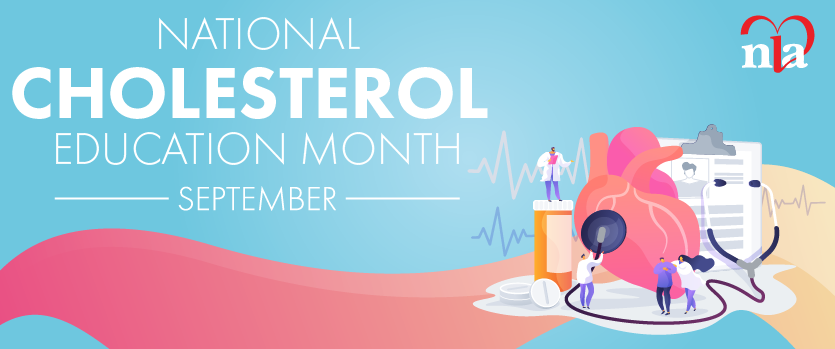I am honored and humbled to be serving as president of the Midwest Lipid Association (MWLA). The Midwest Chapter did a tremendous job preparing for this edition of the LipidSpin, which focuses on lipids and aging. The contributions from our NLA colleagues within the Midwest Chapter are outstanding, and this promises to be an excellent issue.
The elderly population is at a high risk to develop cardiovascular disease events. The guidelines to treat hypercholesterolemia are derived from the randomized clinical trials that have mostly excluded subjects older than 70 to 75 years. Consequently, there is very little evidence-based medicine to guide treatment of the elderly population.
According to the National Institutes of Health, “Precision medicine is an emerging approach for disease treatment and prevention that takes into account individual variability in environment, lifestyle, and genes for each person.”1 This approach will enable providers to target vulnerable individuals for specific therapy, while sparing the less vulnerable from the burden of over-treatment. This is an approach that should be particularly important in the elderly population.
The precision medicine approach is often confused with “personalized medicine” and is often misinterpreted as a unique treatment that can be designed for each individual. Atherosclerotic cardiovascular disease is still a major health-economic burden in the aging population. There are different challenges and multiple risk factors, including hypertension, diabetes, and multiple concomitant pathology and medical therapies.
There is a tendency to focus treatment more on blood pressure and diabetes management than on treating lipids in elderly patients. The aging population is particularly vulnerable to polypharmacy and extra care and attention is warranted when prescribing drug therapy. There remain significant data gaps in treating the elderly population, and clinical trialists need to take this into consideration. Until the gaps are closed, I hope you will read this issue and appreciate the advice from our colleagues in treating our elderly patients.






.jpg)
.png)











